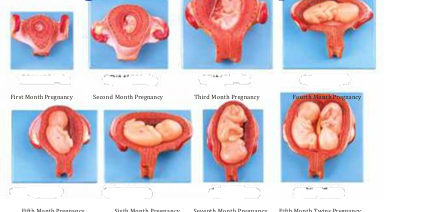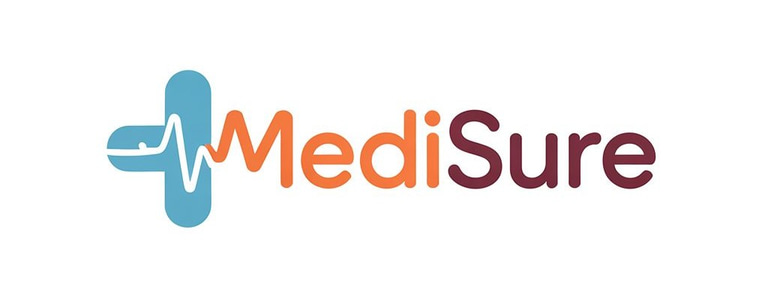رَبِّ زِدْنِي عِلْماً

Embryonic Development
Embryology
₹82.00₹22.00
Embryonic development is a complex and highly coordinated process by which a fertilized egg develops into a fully formed organism. This intricate journey begins immediately after fertilization, when a sperm cell successfully merges with an egg cell, resulting in a single cell called a zygote. The zygote contains genetic material from both parents and begins to divide through a series of cell divisions known as cleavage. During the cleavage stage, the zygote undergoes rapid mitotic divisions without increasing in size, forming a cluster of cells known as the morula. This stage typically occurs within the first few days following fertilization. As division continues, the morula transforms into a blastocyst, a hollow structure with an inner cell mass that will eventually develop into the embryo and an outer layer known as the trophoblast, which will contribute to the placenta. Implantation is the next crucial phase, occurring around six to ten days after fertilization when the blastocyst embeds itself into the uterine lining. This attachment initiates communication between the developing embryo and the mother, allowing for the exchange of nutrients and waste. The trophoblast cells play a vital role in this process as they invade the uterine lining and help establish the maternal-fetal interface. Following implantation, the next phase of development involves the establishment of the three primary germ layers—ectoderm, mesoderm, and endoderm—through a process called gastrulation. Each of these layers will differentiate into various tissues and organs. The ectoderm will form the skin and nervous system; the mesoderm will give rise to muscles, bones, and the circulatory system; and the endoderm will develop into organs such as the intestines, liver, and lungs. As the embryo grows, organogenesis occurs, where the organs begin to take shape. By the end of the embryonic period, approximately eight weeks after fertilization, most major organs and structures have begun to form. This period is characterized by rapid growth and significant structural development, during which the embryo transforms from a flat disc shape into a more recognizable human form with distinct features such as limb buds, a developing face, and primitive organ systems. The embryonic development process is orchestrated by a series of genetic and molecular signals that regulate gene expression, ensuring that cells differentiate into the appropriate types and functions at the right times. Any disruptions in these processes can lead to developmental abnormalities, which may result in congenital malformations or miscarriage. As the embryonic stage concludes, the developing organism is referred to as a fetus and enters the fetal development phase, which lasts until birth. This stage is primarily focused on growth and maturation of the already formed structures, leading to increased size and functional capabilities. In summary, embryonic development is a remarkable and intricate sequence of events that transforms a single cell into a complex organism through several critical stages. Understanding this process provides insights not only into human biology but also into the underlying mechanisms that contribute to both normal development and potential complications.
Training
Providing essential healthcare training and simulation solutions.
COntacts
Support
info@medisureinternational.com
+91 9972123423
© Medisure. All Rights Are Reserved
Crafted with ❤️by Influence Kashmir
